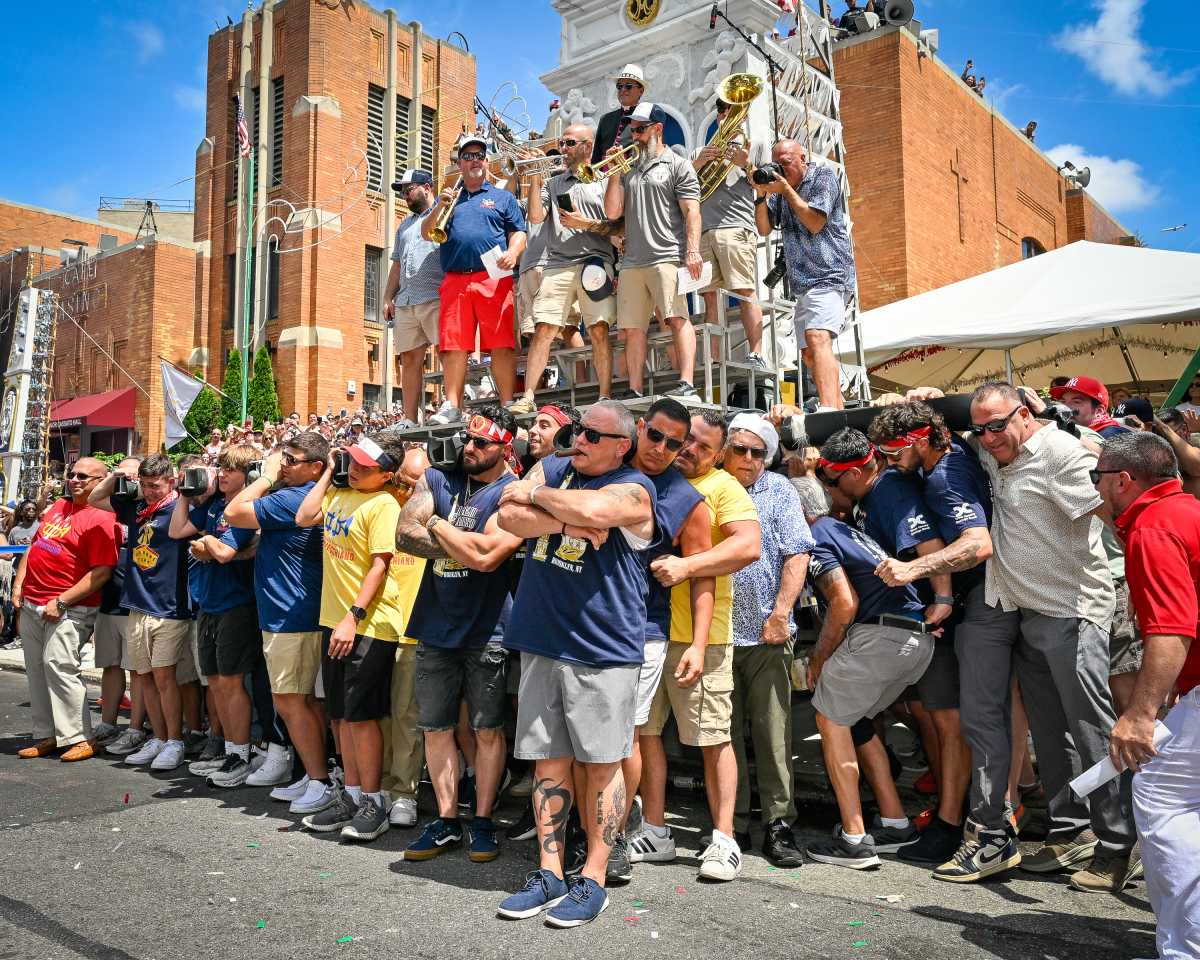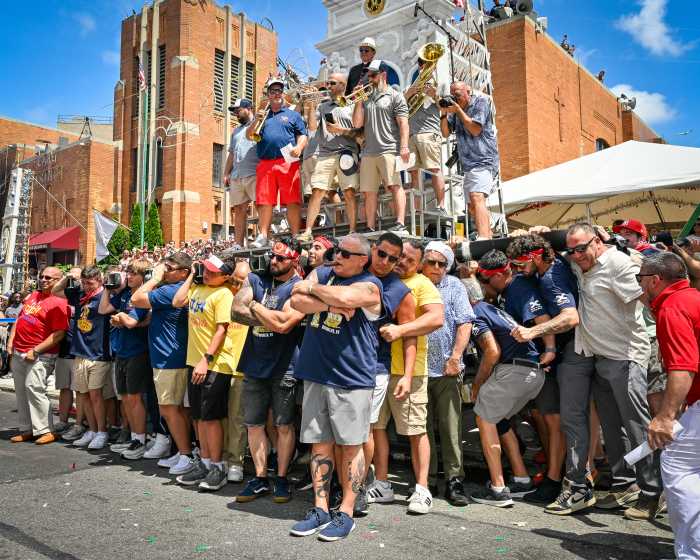By Albert Amateau
After a three-hour meeting last week, General Theological Seminary and its Chelsea neighbors were still far apart on the size of a Ninth Ave. mixed residential-academic complex that the seminary plans in partnership with the Brodsky Organization.
Although the seminary in May dropped its original proposal for a 17-story project and suggested a 13-story building instead, neighbors are still demanding that any project conform to the 7.5-story height limit of the Chelsea Historic District.
At the July 31 meeting attended by elected officials, neighbors — including Robert S. Trentlyon, president of Save Chelsea Historic District — contended the seminary could realize the revenue it needs if it developed a smaller Ninth Ave. project with a maximum of street-level and below-grade retail space without Brodsky participation in the project.
But James Koster, a real estate consultant for the seminary, said G.T.S. was “not in a position to play the role of an at-risk real estate developer.” General Theological Seminary, founded in 1821, is the oldest seminary for Episcopal clergy in the nation, “and does not possess the requisite experience to build, lease and manage a real estate asset,” Koster said.
The deal with the Brodsky Organization guarantees the seminary $38.5 million to replace the decrepit Sherrill Hall on Ninth Ave. and to provide $15 million to restore and maintain the deteriorated 19th-century building within the seminary grounds known as The Close, the walled campus between Ninth and 10th Aves. from 20th to 21st Sts.
The Brodsky agreement calls for the developer to use 185,000 square feet of new built space for a high-end residential project. The replacement of Sherrill Hall is also needed for a new G.T.S. library, academic offices and a new home for the seminary’s dean, Reverend Ward Ewing.
Reconfiguring existing faculty and student living quarters is also part of the seminary plan, including 70 apartments of 175 square feet each for single students and 70 apartments of 800 square feet each for married students and their families.
The seminary has reduced the proposed size of the Ninth Ave. building by proposing the development of a five-story academic building on the site of the present tennis court within the walls of The Close on 20th St. But neighbors at the July 21 meeting suggested that the tennis court building be increased to six or seven stories to further reduce the Ninth Ave. project.
One neighbor, Hilda Regier, suggested that Sherrill Hall, the four-story building on Ninth Ave. completed in 1959, should be renovated instead of being replaced. But Maureen Burnley, G.T.S. vice president for operations and finance, has said that despite its relatively recent construction, Sherrill Hall is in such bad condition that it would be too expensive to maintain.
Pamela Wolff, a manager of several properties in the neighborhood, was concerned that blasting for the foundation of a new Ninth Ave. building would imperil several buildings from the early 18th century.
The seminary’s preservation plan for the campus also includes drilling a total of 22 geothermal wells, each 1,500 feet deep, on the sidewalks outside the campus walls to provide heating and cooling for seminary buildings. The geothermal system is expected to save energy costs for decades to come. But neighbors fear the wells also may threaten fragile old buildings.
Stephen Lefkowitz, land use attorney for the project, said that environmental reviews and a construction protection plan would be filed with the city after the project is submitted to the Landmarks Preservation Commission, which decides on the appropriateness of projects in a historic district.
Although the seminary has withdrawn plans for the 17-story building from the L.P.C., it has not submitted an alternative yet. Responding to a request by elected officials and neighbors, the seminary has agreed not to file new plans until after Labor Day when people come back from vacations.







































